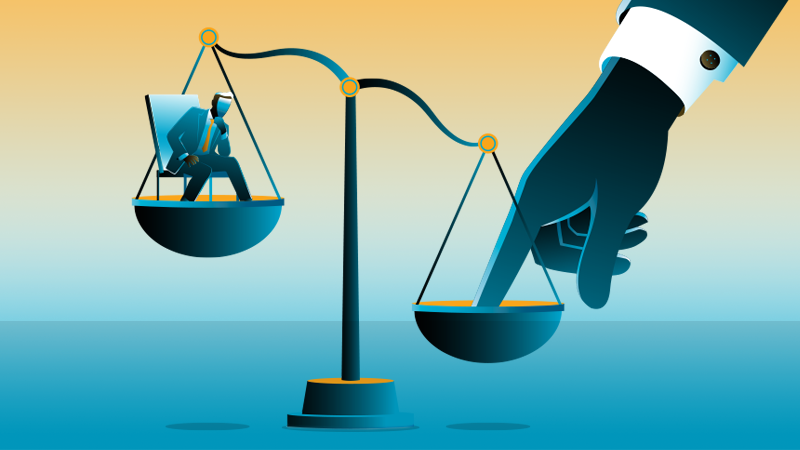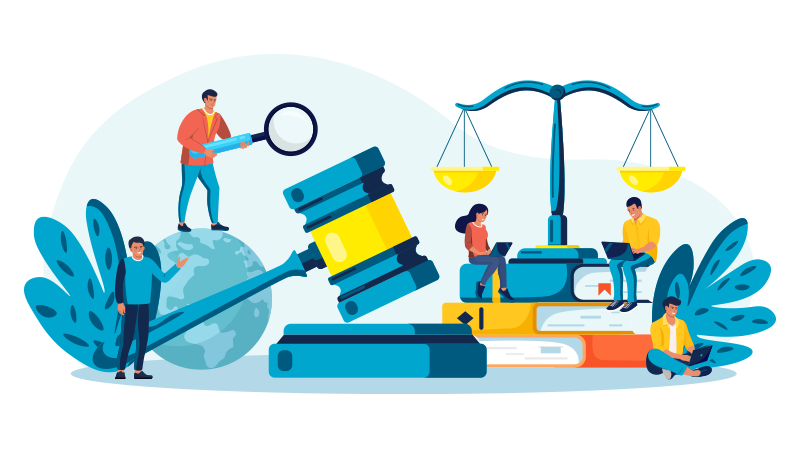
Plaintiffs’ firms and insurance carriers locked themselves in 1994. Here's what to do about it.
The landscape of legal practice and insurance has undergone significant transformations over the past several decades, shaped by pivotal court rulings and evolving marketing strategies. Major judicial decisions have redefined the boundaries of liability and coverage, prompting continuous adaptation from both legal practitioners and insurers. The interaction between plaintiffs' firms and insurance carriers is a particularly dynamic area, characterized by growth, competition, and, at times, contentious negotiation. This relationship is further complicated by the increasing complexity of insurance products and the ever-changing regulatory environment. As both sectors continue to evolve, legal professionals must stay abreast of new developments and be prepared to navigate an intricate web of legal and financial considerations.
Key milestones, such as the landmark Supreme Court decision in Bates v. State Bar of Arizona and the rise of insurance advertising spearheaded by companies like Allstate, GEICO, and Progressive, have played influential roles in shaping these interactions.
The legal profession was historically bound by strict ethical rules prohibiting direct advertising. This changed dramatically with the 1977 Supreme Court case, Bates v. State Bar of Arizona. Two Arizona lawyers, John Bates and Van O’Steen, challenged the Arizona State Bar's restrictions on advertising, arguing that these rules violated their First Amendment rights. The Supreme Court agreed, holding that attorney advertising is a form of commercial speech protected by the First Amendment.
This decision opened the floodgates for attorneys to market their services, fundamentally altering the legal landscape. Plaintiffs' firms, in particular, leveraged this newfound freedom to reach a broader audience. Television commercials, radio spots, and later, online advertisements became common tools for law firms seeking to attract clients. This democratization of legal marketing increased competition among firms and made legal services more accessible to the public.
In parallel, the insurance industry began to embrace advertising with fervor in the 1990s. GEICO, formerly known as Government Employees Insurance Company, was at the forefront of this movement. By investing heavily in advertising, GEICO transformed its brand and the industry at large. Memorable campaigns featuring the GEICO Gecko and the Caveman not only increased brand recognition but also set new standards for consumer engagement in the insurance sector.
The success of GEICO's advertising strategies prompted other insurance companies to follow suit. Progressive, Allstate, and State Farm, among others, ramped up their marketing efforts, leading to a significant increase in consumer awareness and competition. This advertising boom in the insurance industry paralleled the rise in legal advertising, setting the stage for a more competitive and interconnected landscape between plaintiffs' firms and insurance carriers.
The increased advertising by both plaintiffs' firms and insurance carriers led to a significant growth in the interactions between these two entities. Plaintiff’s attorneys, empowered by their ability to reach potential clients more effectively, began to see an influx of cases. This surge in cases necessitated more frequent negotiations with insurance carriers, who were also experiencing an uptick in claims due to heightened consumer awareness.
Despite being adversaries in many respects, both parties share a common goal: resolving cases efficiently. Plaintiffs' firms aim to secure fair compensation for their clients, while insurance carriers seek to settle claims promptly to manage costs and maintain customer satisfaction. However, the path to resolution is often fraught with challenges, primarily due to outdated communication mechanisms.
One of the most significant issues plaguing the interactions between plaintiffs' firms and insurance carriers is the lack of technological modernization. Despite the advances in advertising and client acquisition, the process of negotiating and settling claims remains remarkably antiquated. Many firms and insurers rely on outdated systems, such as fax machines and physical mail, to exchange crucial documents and information. This reliance on obsolete technology leads to inefficiencies and miscommunications, prolonging the resolution process.
The legal and insurance industries have been slow to adopt modern communication tools like secure email platforms, cloud-based document sharing, and real-time collaboration software. This technological lag hinders the ability of both parties to streamline negotiations and settle claims swiftly. As a result, clients often experience delays in receiving compensation, and insurers face increased administrative costs and extended claim processing times.
Plaintiffs' firms and insurance carriers must embrace technological modernization to improve the efficiency and effectiveness of their interactions. Embracing technological modernization has the power to fundamentally transform the operational landscape of the legal and insurance sectors. By reducing inefficiencies, enhancing collaboration, and leveraging advanced analytical tools, both industries can achieve higher levels of productivity and deliver better outcomes for their clients and customers. Here are a few ways both industries could level up their technological capabilities:
By embracing technological modernization, legal professionals and insurers can navigate the complex web of legal and financial considerations more effectively. As technology continues to evolve at a rapid pace, it is essential for these industries to stay ahead of the curve and adapt to new developments. Other newer solutions are in the market that seek to digitize the entire communication process to make engagement significantly more seamless and efficient.
Despite the adversarial nature of their relationship, plaintiffs' firms and insurance carriers share a mutual interest in resolving cases quickly and fairly. For plaintiffs, timely settlements mean quicker access to compensation for injuries or damages. For insurance companies, efficient claim resolution helps maintain customer satisfaction and control costs.
To achieve this common goal, both parties must recognize the importance of modernizing their communication and negotiation processes. Embracing technology and fostering a more collaborative approach can lead to faster, more satisfactory outcomes for all involved.
The history of interactions between plaintiffs' firms and insurance carriers is marked by significant milestones and evolving dynamics. The Bates v. State Bar of Arizona decision revolutionized legal advertising, empowering plaintiffs' firms to reach broader audiences and increase their caseloads. Simultaneously, the insurance industry’s advertising surge transformed consumer engagement and competition.
However, despite these advancements, the process of negotiating and settling claims remains hindered by outdated communication mechanisms. To better serve their clients and customers, plaintiffs' firms and insurance carriers must embrace technological modernization and work towards more efficient, collaborative solutions. By doing so, they can achieve their common goal of resolving cases quickly and fairly, ultimately benefiting all parties involved.
Jim Andrews is the President and co-founder of Precedent. He is an experienced leader who works closely with customers to optimize the impact of Precedent’s products. With nearly 20 years of experience in the insurance industry, Jim previously co-founded Carpe Data which was acquired by Thomas H. Lee Partners in 2022. Before starting Carpe Data, he gained expertise in software and data while working in Operations at ChoicePoint and LexisNexis. Jim’s experience across the companies he has worked for and the roles he has held has given him an incredible perspective on the opportunities to improve in the legal and insurance industry.



